How long does it take to get to Mount Kenya and Kilimanjaro summit?
Climbing Mount Kenya takes 3-7 days, and for Mt Kilimanjaro, it takes 5-7 days. The number of days is subject to the route, fitness level and budget. Fewer days allow little or no time for acclimatization and greatly affect the level of success.
What level of fitness does one need for mountain climbing?
A reasonable level of fitness is required to endure walking long distances for many hours to Mount Kenya and Kilimanjaro. You’ll be carrying your backpack for hours while trekking. Fortunately, the weight you are likely to carry, and climbing hills, if there are any, is much better than spending hours in the gym. Being fit combined with a slow, steady stride up Mount Kilimanjaro makes it easier and more enjoyable increasing the success rate.
Which routes are the best?
There are different features and routes for Climbing Mount Kenya and Kilimanjaro. Climbing on one route and using another to descend maximizes the adventure experience with more scenic views, vegetation and wildlife. Chogoria and Sirimon on Mount Kenya and Rongai and Lemosho on Mt Kilimanjaro are our most popular routes.
What is hypothermia?
Hypothermia is a condition where the body loses heat faster than it can produce. Normal body temperatures are 37C, and hypothermia occurs below 35C. It can range from mild to severe, which is fatal
The symptoms to look out for when climbing Mount Kenya and Kilimanjaro or any other mountain area; are drowsiness, incoherent speech, and weak pulse. When this occurs, leave the mountain immediately and seek treatment.
Warm gears and layering clothes are the best way to prevent hypothermia when scaling Mount Kilimanjaro and Mt Kenya. These preventive measures will also help you avoid other cold-related diseases like bronchitis and pneumonia when mountain climbing.
What is high altitude sickness, and what are the symptoms
It is a condition you develop when you rapidly get to high altitudes without enough time to acclimate to the high mountainous like Mount Kilimanjaro and Mount Kenya.
Shortage of breath, frequent urination, and waking up frequently at night are normally considered manageable. Our mountain climbing guides will help you through it; these are not signs of altitude sickness.
Symptoms range from mild: dizziness, fatigue, sleeplessness, loss of appetite, headache, nausea and vomiting to acute: blue lips and nails, pink saliva when you cough, rattling breath, confusion, and lack of coordination. Our experienced mountain climbing guides are always attentive and will tell you when to stop or turn around. It is also important to listen to your body.
Is high altitude sickness preventable?
Yes.
Take time for acclimatization: Do not choose the few days itinerary just because it is cheaper. It is important to take your time, depending on your previous experiences with high altitudes. The long routes for climbing Mount Kenya and Kilimanjaro summit allow an extra day to help the body adapt to their high altitudes.
Drink water due to dehydration through sweating and breathing.
Keep warm, and the right mountain climbing gear will help.
Eat meals high in carbs even when your appetite is low.
Avoid alcohol, cigarettes and drugs; even prescription drugs could be fatal.
Carry light luggage: save the extra oxygen you’d require with a heavy pack.
Are kids allowed to climb the mountain?
The age limit for Mount Kilimanjaro is 10 years. Though kids are not allowed in Mountains, they can enjoy safaris viewing wildlife and other beautiful landscapes at normal altitudes.
We offer exciting safaris at the Maasai Mara and Amboseli National Park at an affordable price.
How much does it cost to climb Mount Kenya and/or Mt Kilimanjaro?
The price will vary depending on the route and the number of days. Check the mountain and route you prefer on our website; we have affordable rates.
What do I need to bring?
A pair of boots, socks, neutral color clothing, long-sleeved shirts, trousers, light clothes for hot weather, and a warm jacket are essential for safaris and mountain climbing hikes. Other items like cameras, binoculars, sunglasses, sunscreen, wipes, insect repellent and a torch would make it easier and enjoyable.
Check out the climbing gears page and our tips and advice to know what you need for climbing Mount Kilimanjaro and Mt Kenya.
When is the best time for safaris and mountain climbing?
We do not have winter in East Africa, so any time of the year is perfect for visiting. However, the rainy seasons (March-May and October-November) can hinder getting around and climbing Mount Kenya and Kilimanjaro.

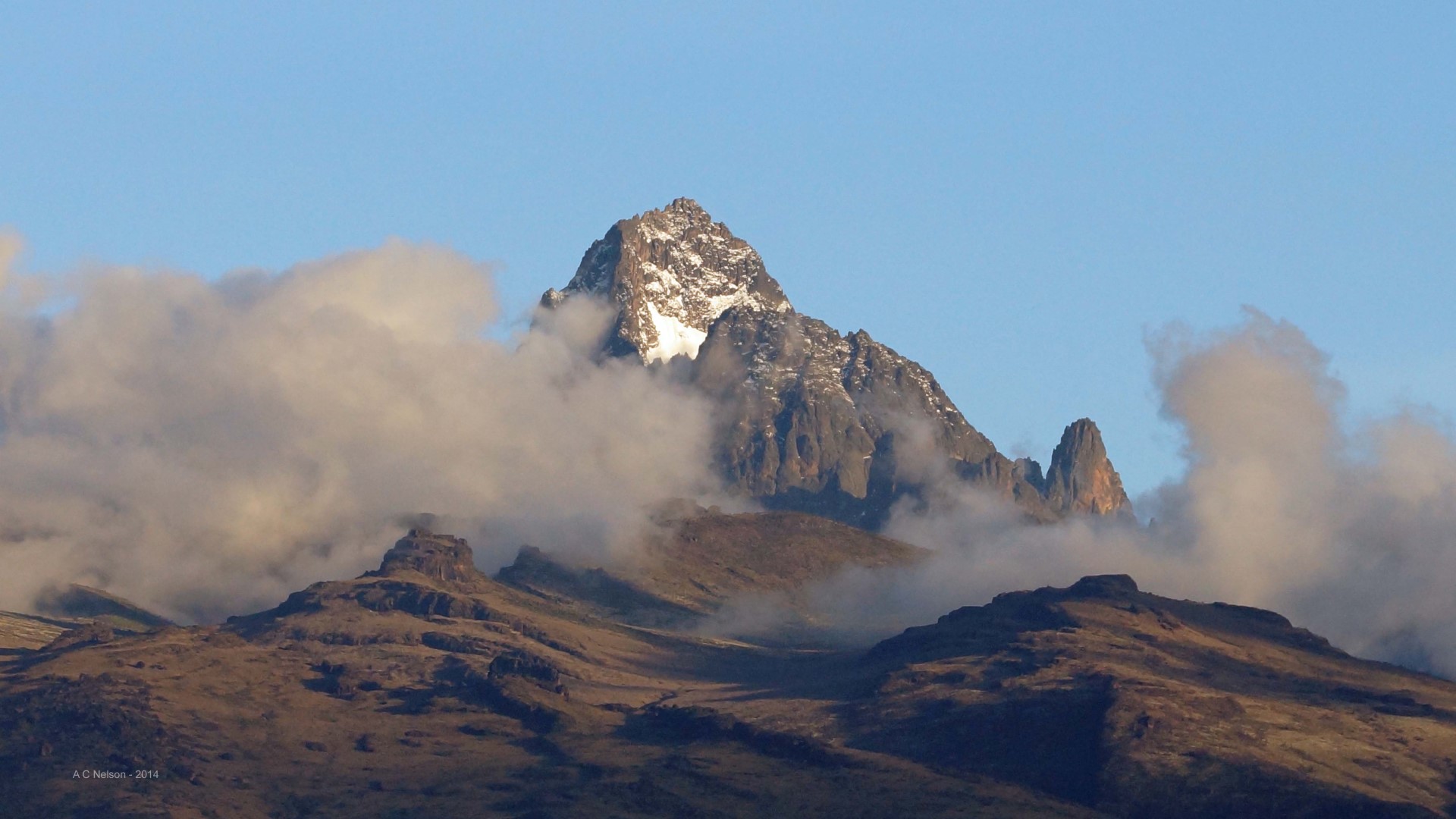
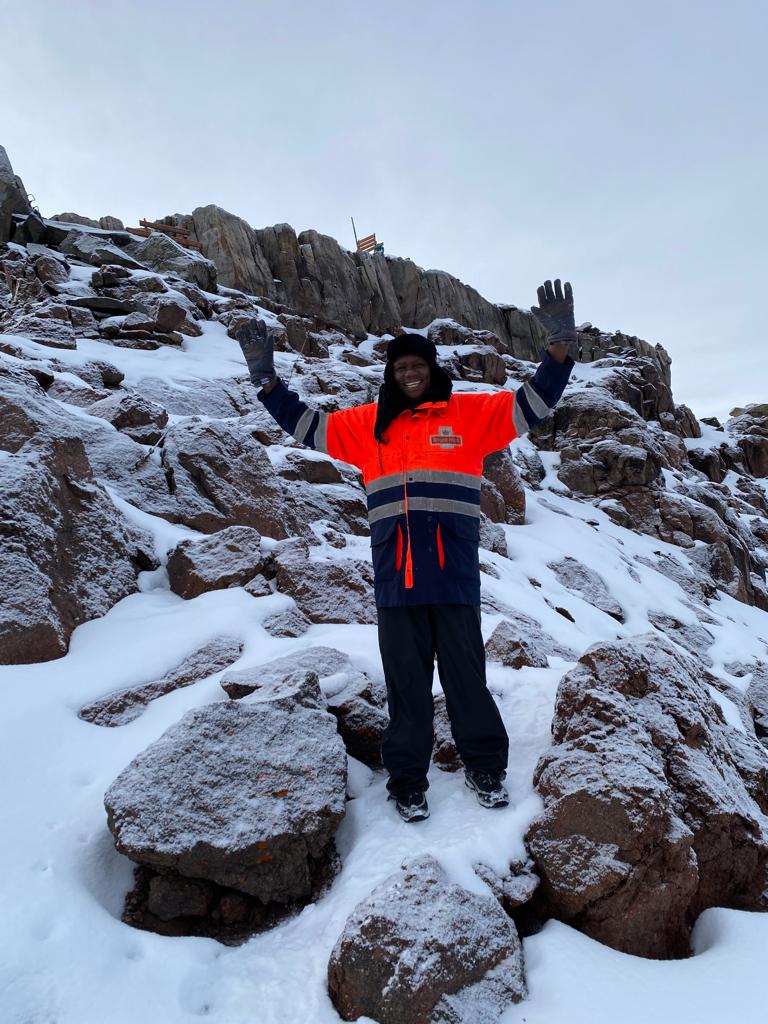


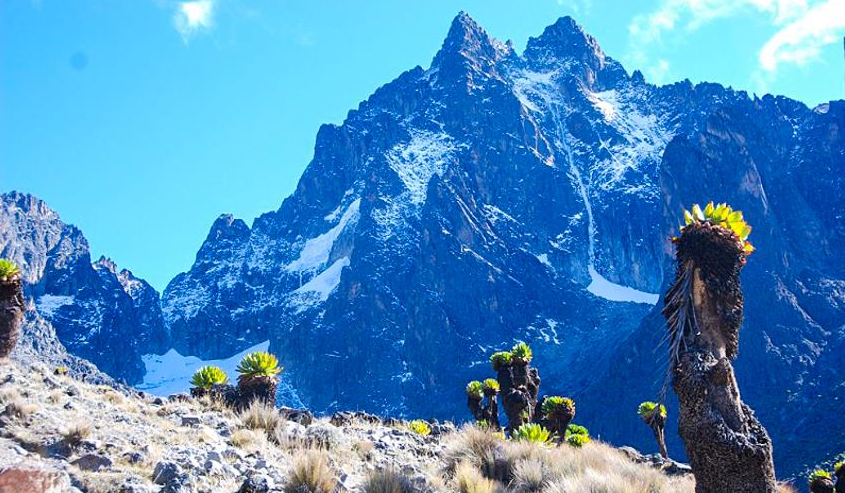
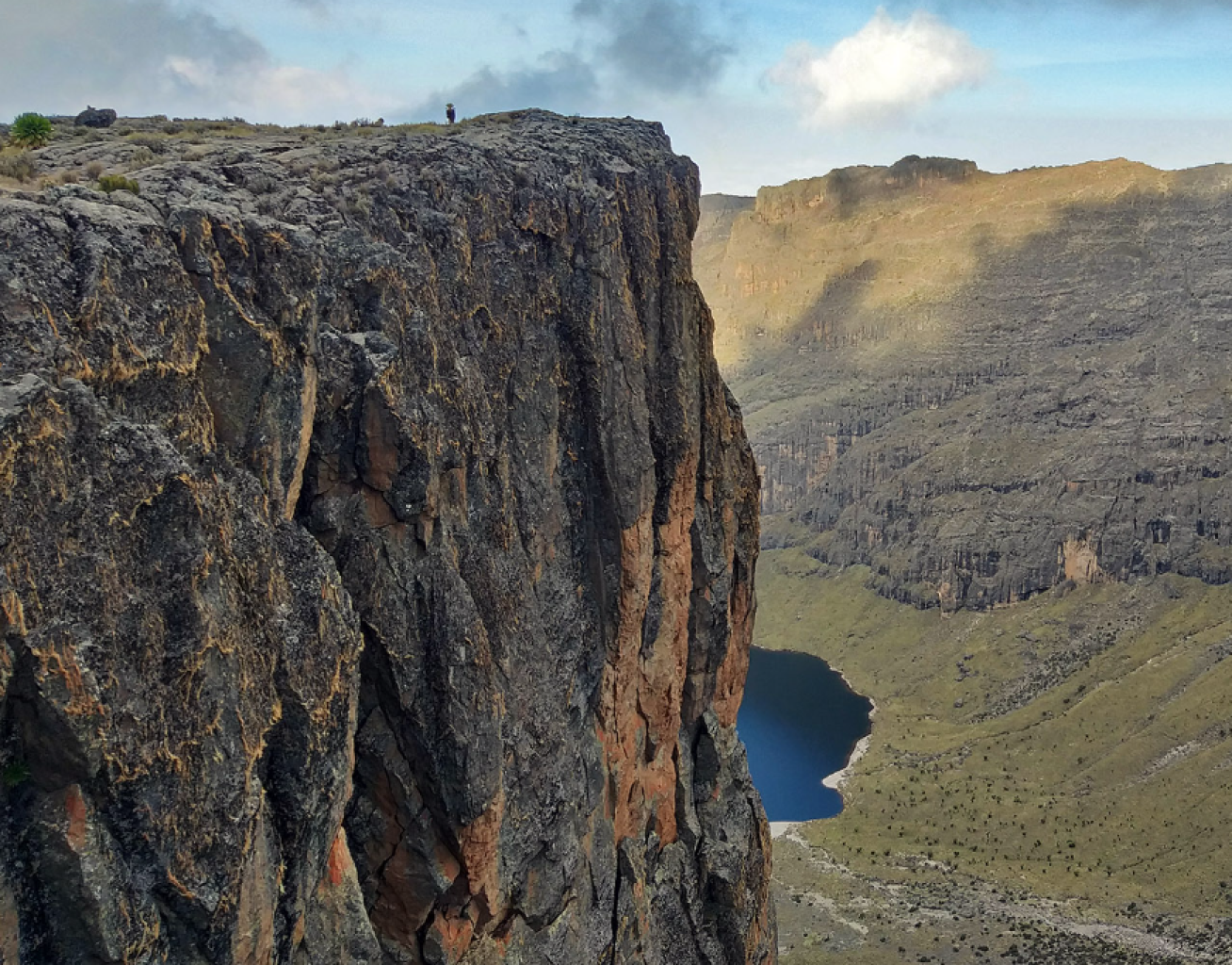
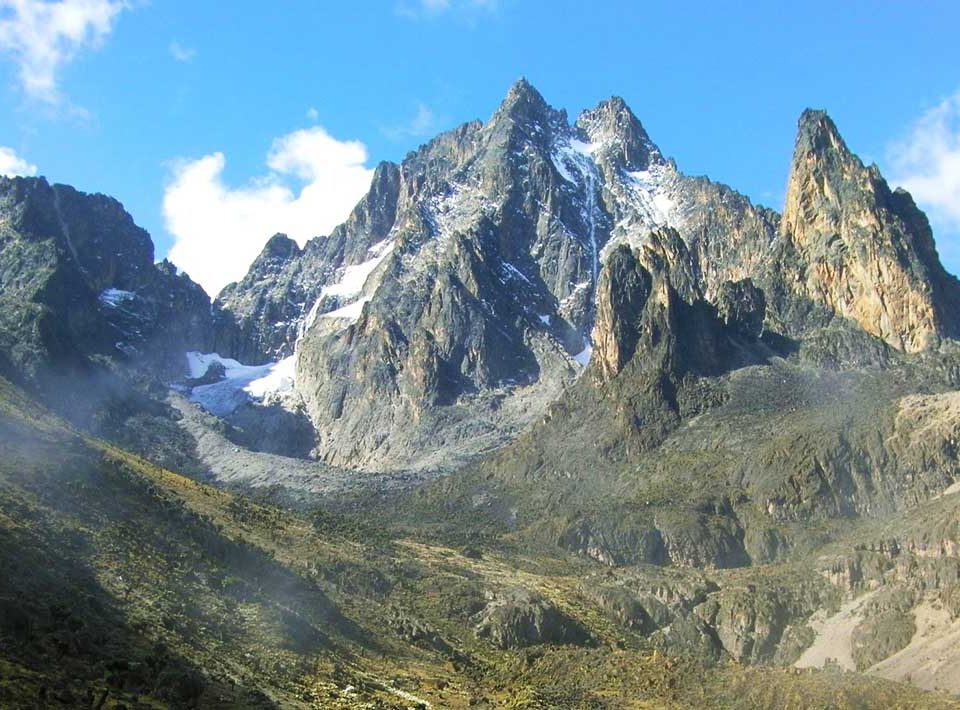
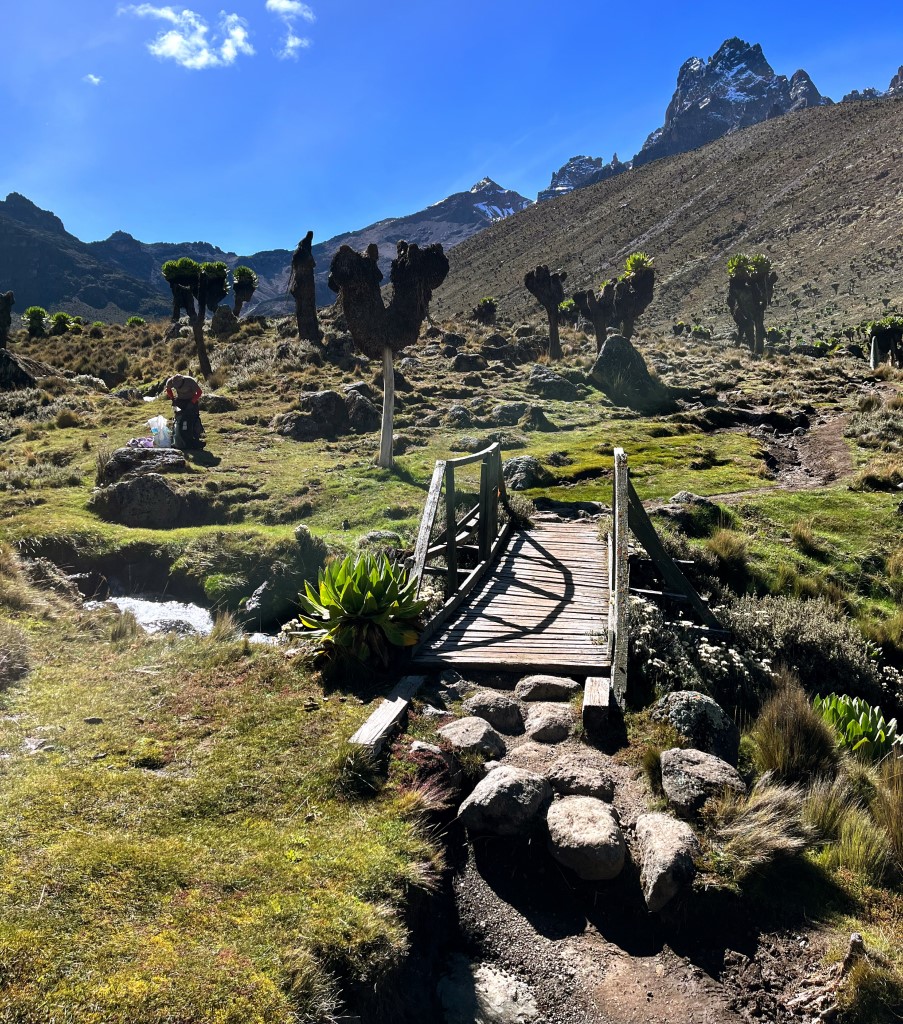
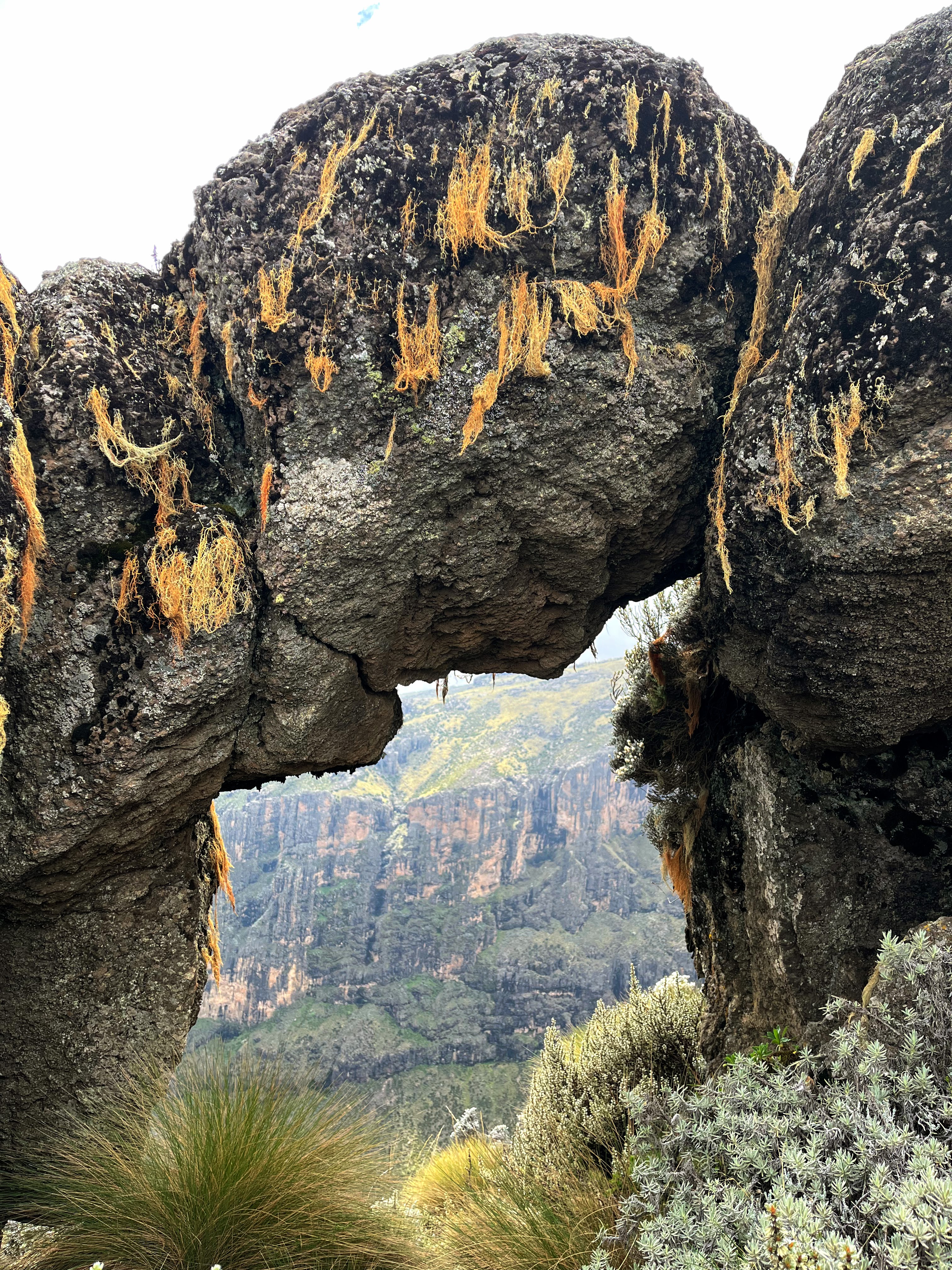
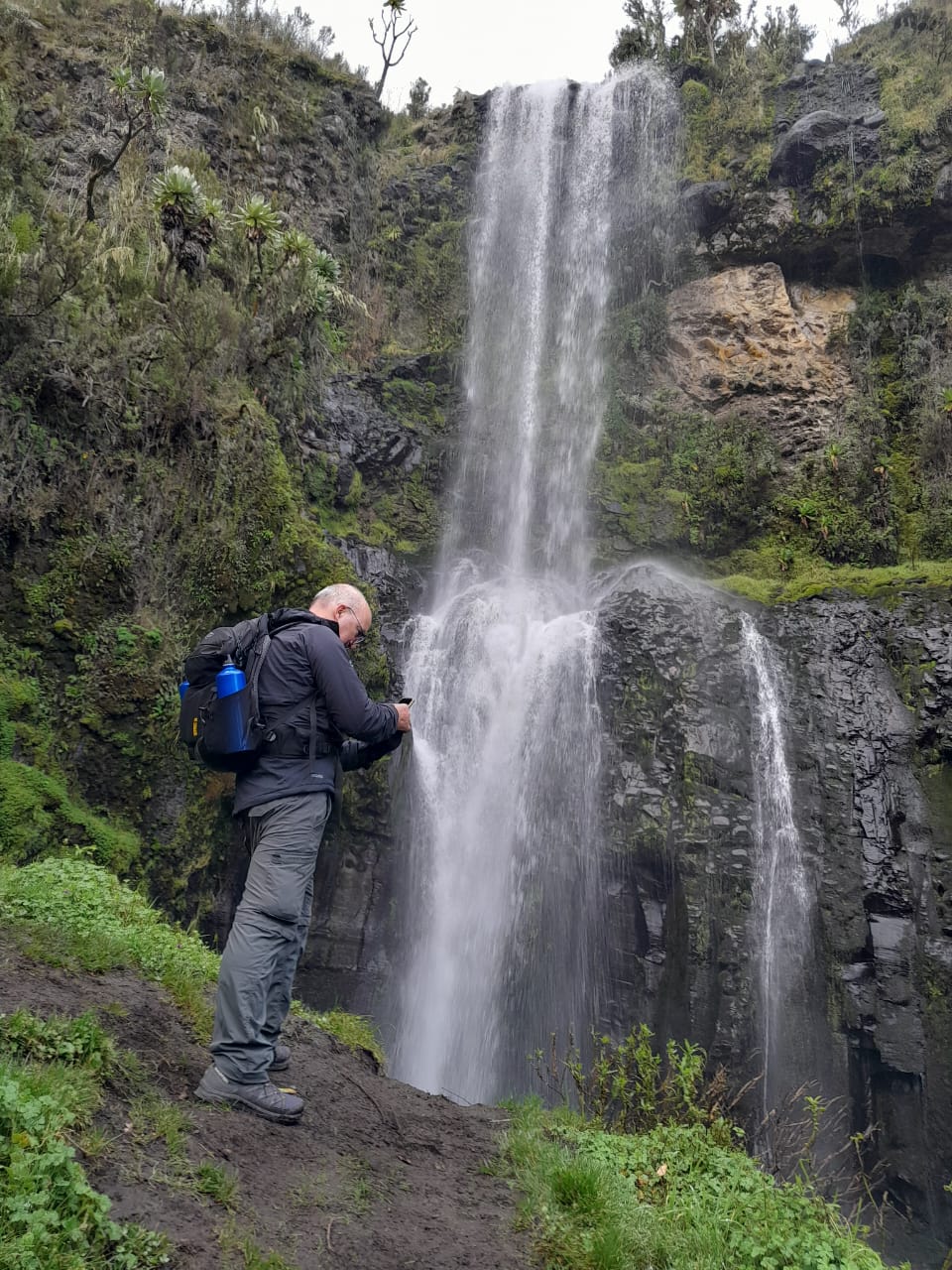
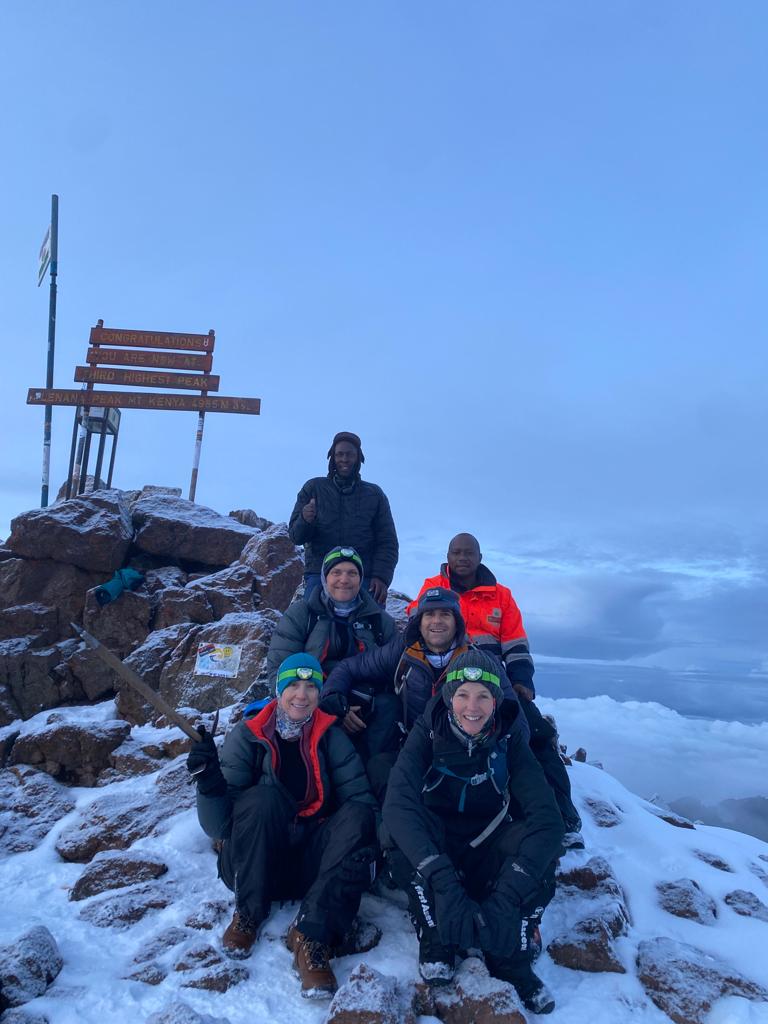
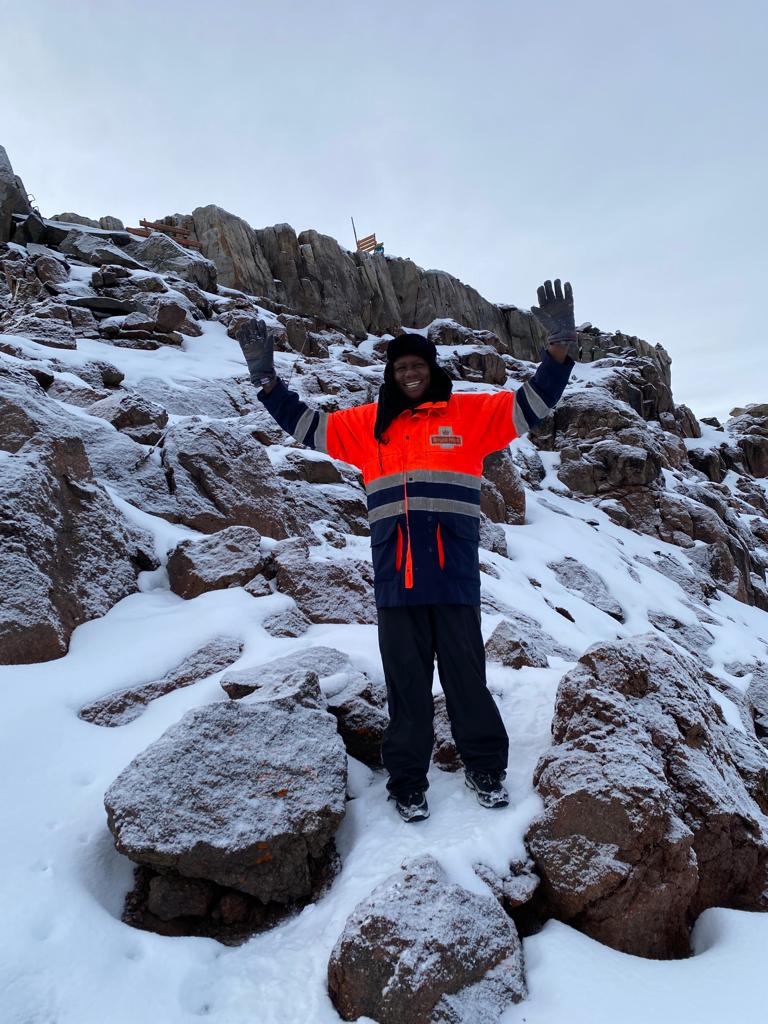

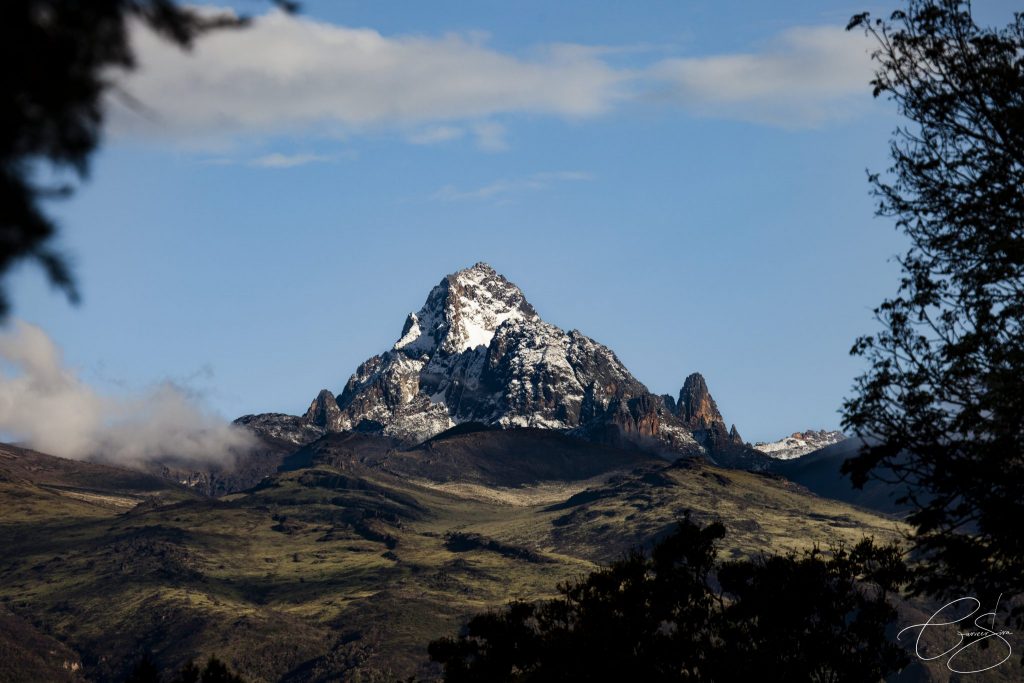
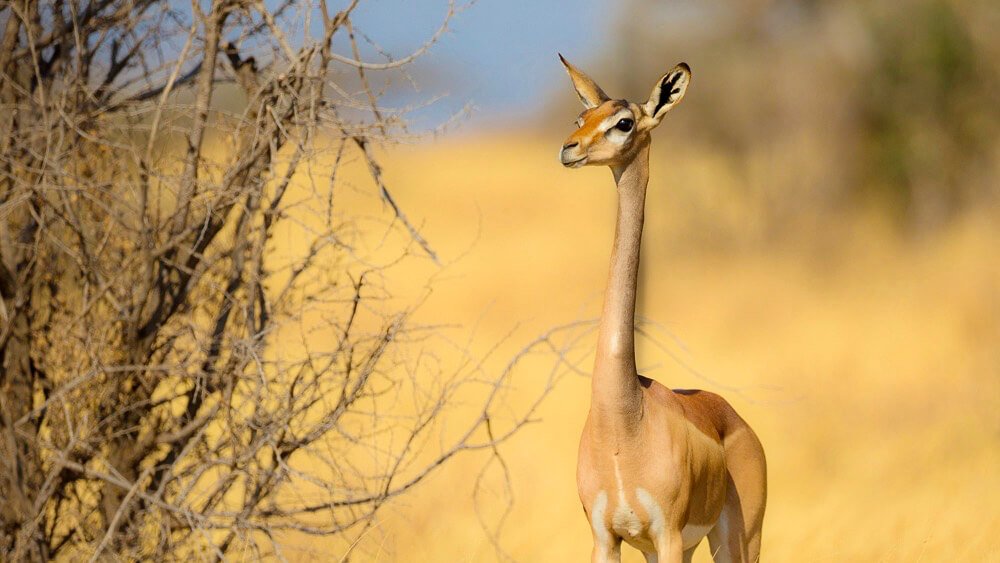

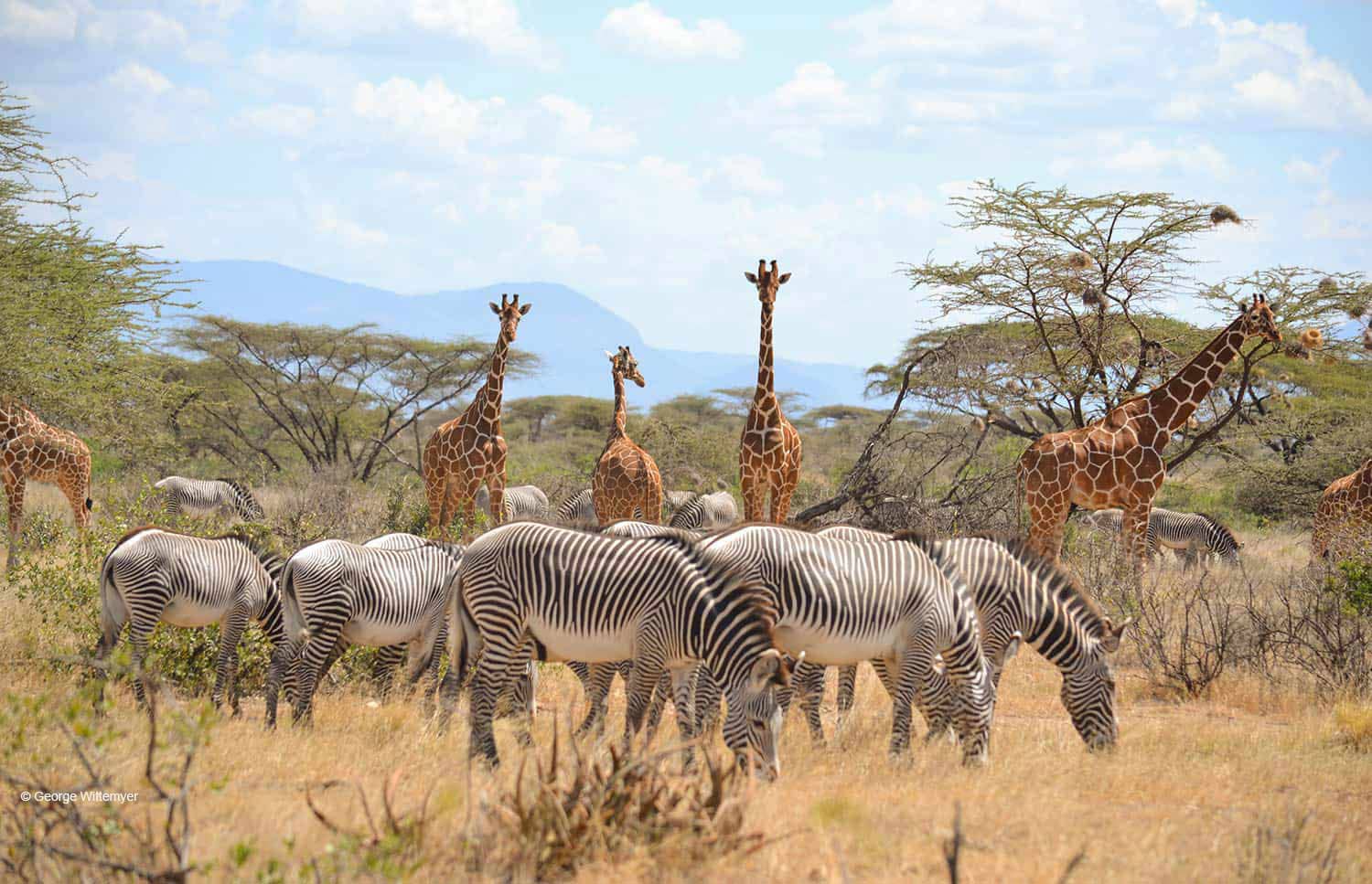
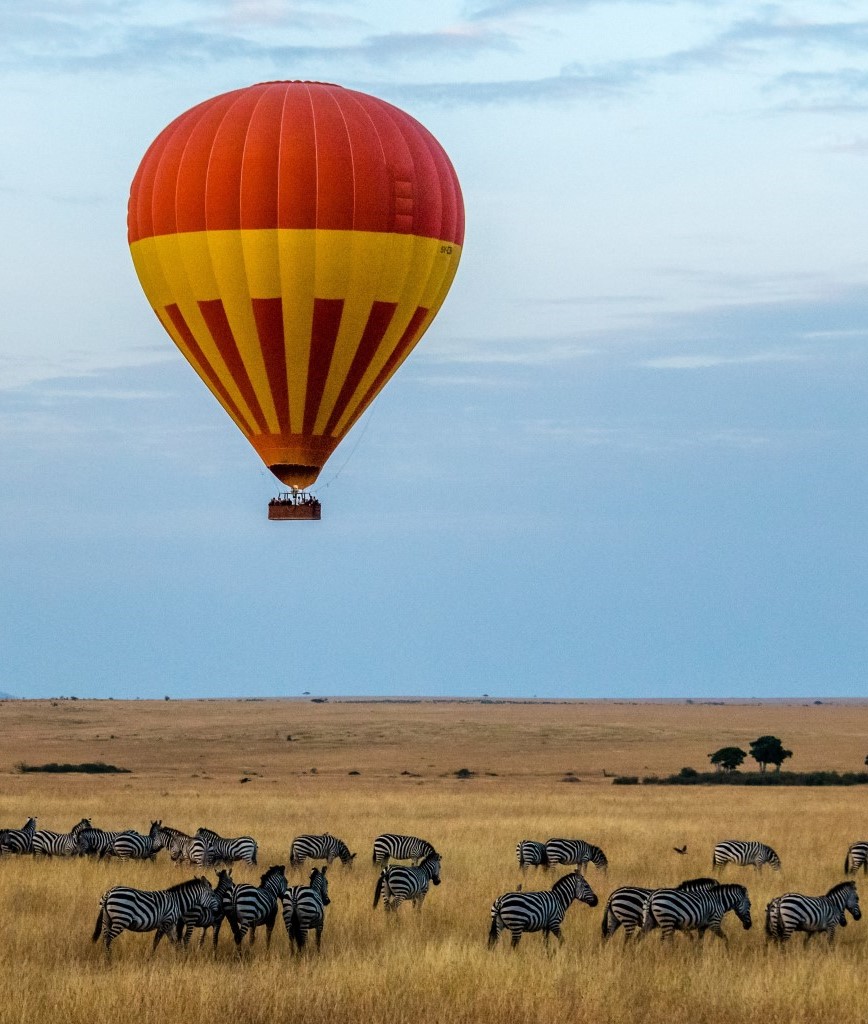
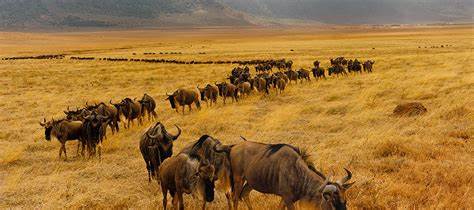
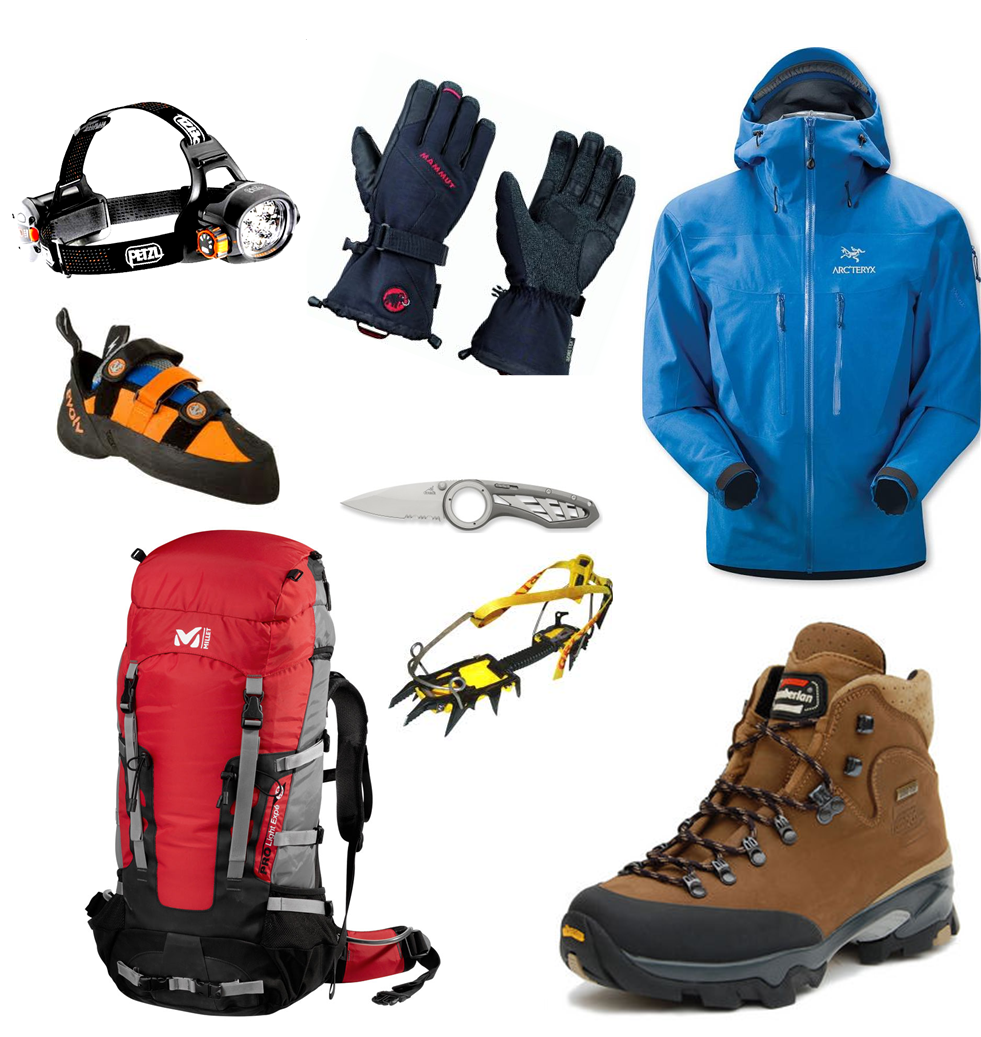
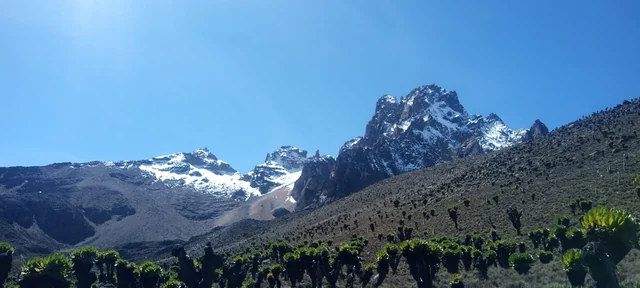
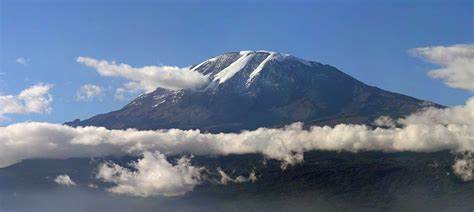
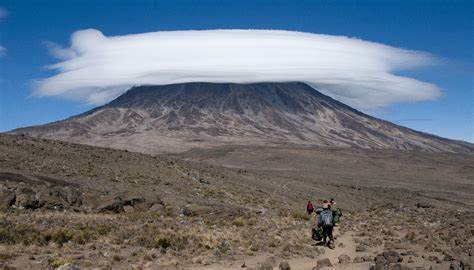

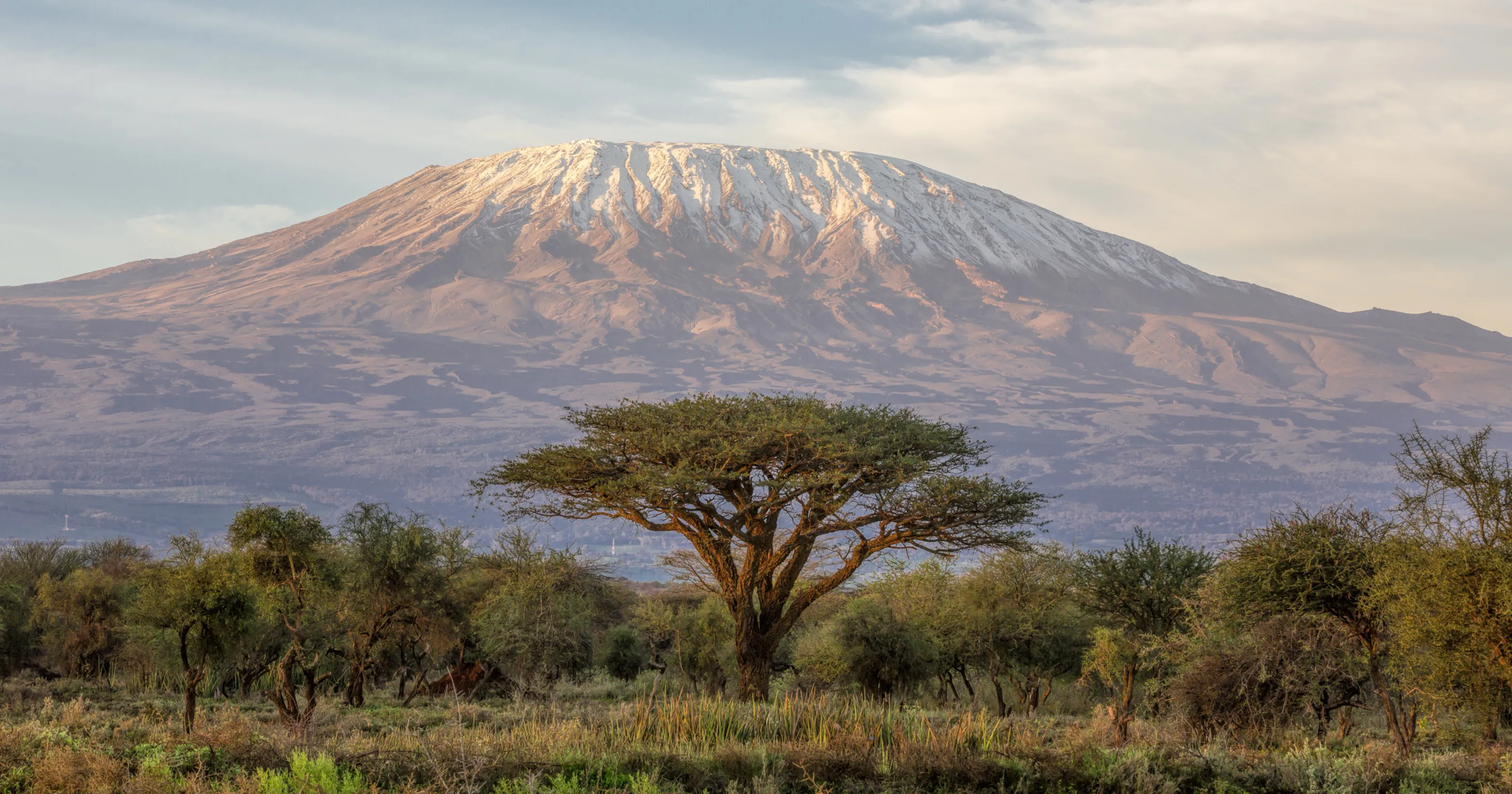
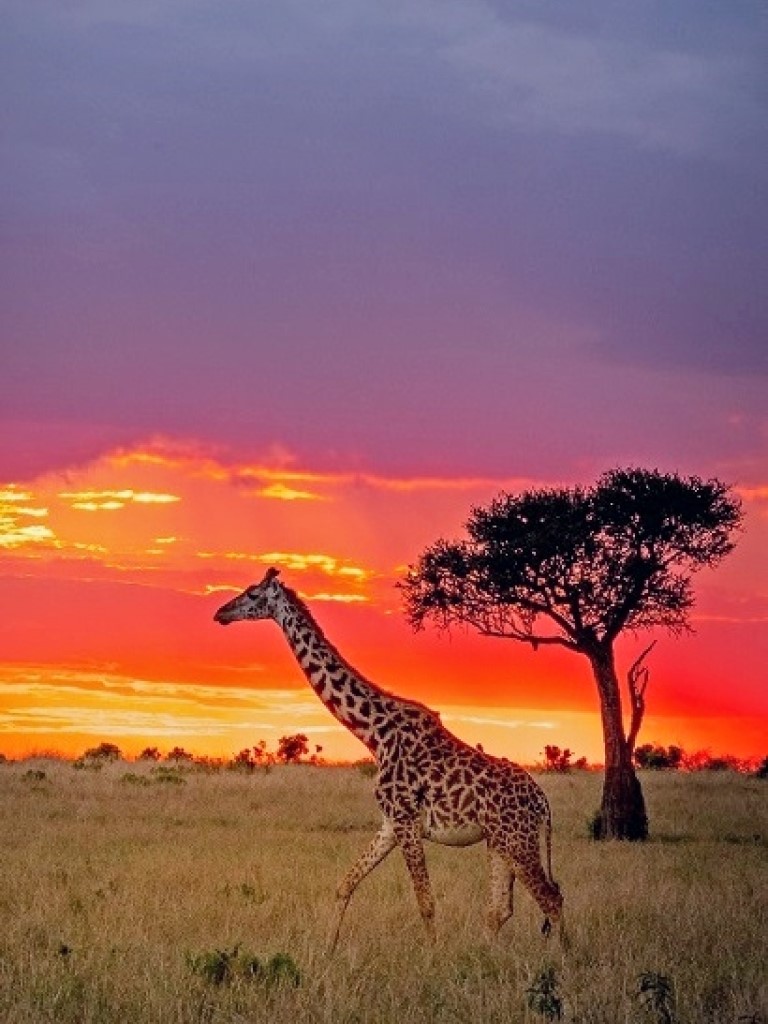
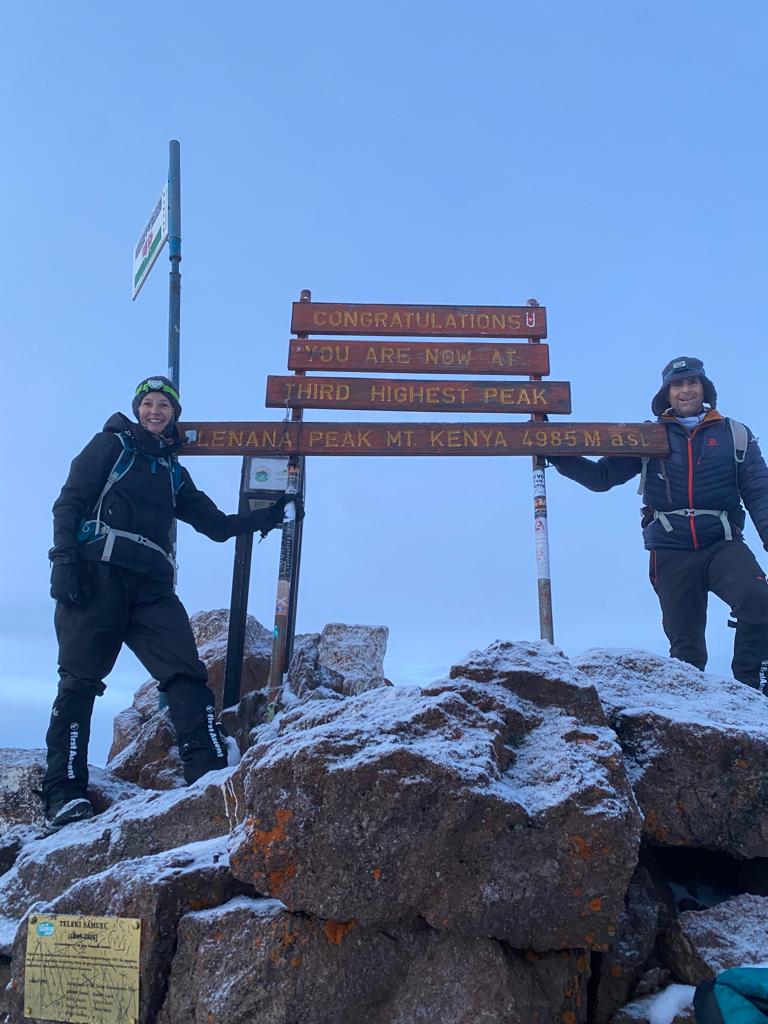

Comments
No comments yet. Be the first to comment!